Adventures of the Black Square: an abstract art exhibition
An exhibition looking at the history of abstract art over the last 100 years has opened at the Whitechapel Gallery.
Adventures of the Black Square: Abstract Art and Society 1915 – 2015 showcases the development of abstraction, split into four sub-sections and displayed in chronological order.

Source: © Moderna Museet, Stockholm. Courtesy donation 2004 from Bengt and Jelena Jangfeldt
Kazimir Malevich, Black and White. Suprematist Composition, 1915
The exhibition starts with Kazimir Malevich’s “black square” painting (Black and White. Suprematist Composition, 1915), which is used as a thematic starting point for how abstraction has articulated ideas about politics and society, says Sophie McKinlay, head of exhibitions at Whitechapel Gallery.
“Starting with the hand-painted rendering of a black square, viewers are taken on a journey which shows how the language of abstraction has been used over the globe,” she says.
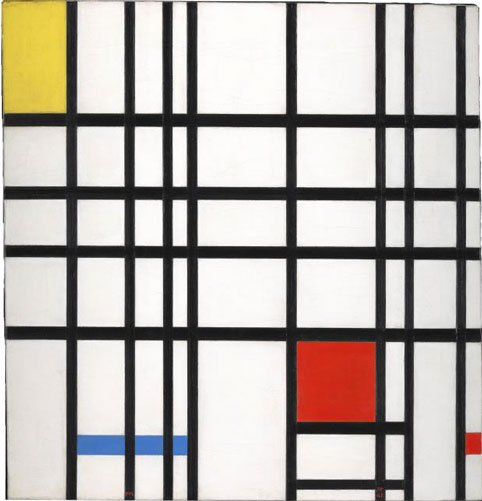
Source: © DACS, London/VAGA, New York 2014. Courtesy Tate Collection: Purchased 1964
Piet Mondrian, Composition with Yellow, Blue and Red, 1937-42
“Malevich’s black square allowed people to think about figurative art in a much more important way,” McKinlay says. “It allowed artists to develop a new language about the world. The image had to be created by somebody, as it wasn’t already out there in nature – this was a radical approach.”
The four sub-sections of work include Utopia, depicting the visions and dreams that Malevich and his colleagues had after creating the Black Square, Architectonics, looking at the architectural realisation of these ambitions, Communication, showing how these ideas have been translated across the globe through magazines and other media, and The Everyday, exploring how the ideas have become part of what we experience in our daily lives.
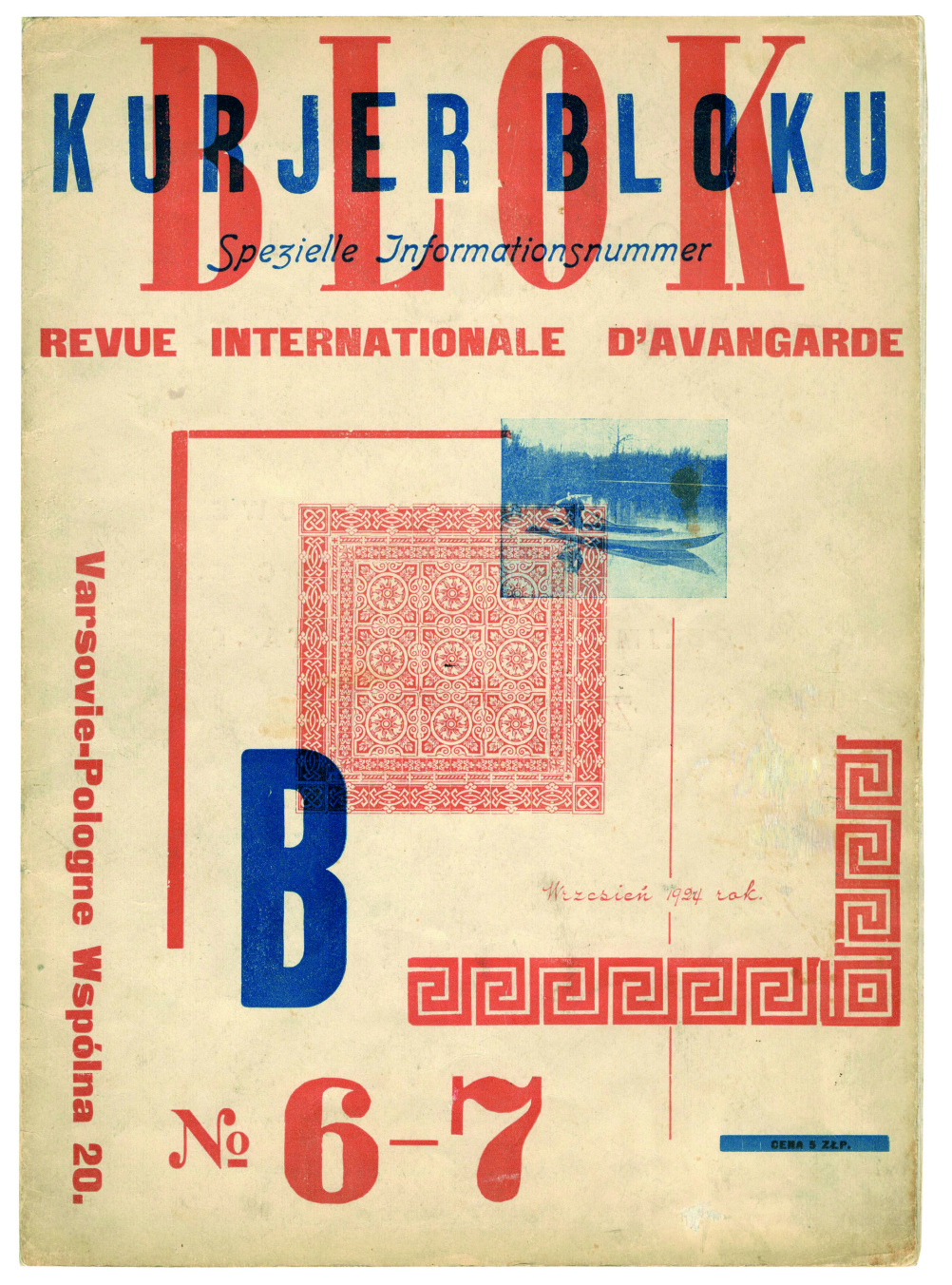
Source: Archivo Lafuente
BLOK, n. 6-7 magazine – Warsaw, Poland, 1924
“The Communication section demonstrates the global exposure site of experimentation, and shows how artists used typography and the language of abstraction to form the layout of magazines in a strident, graphic style,” says McKinlay, who curated the magazines for the exhibition.
She adds: “The ideas were central to artwork, and were then disseminated by magazines, which promoted them and made them available to the wider public.”
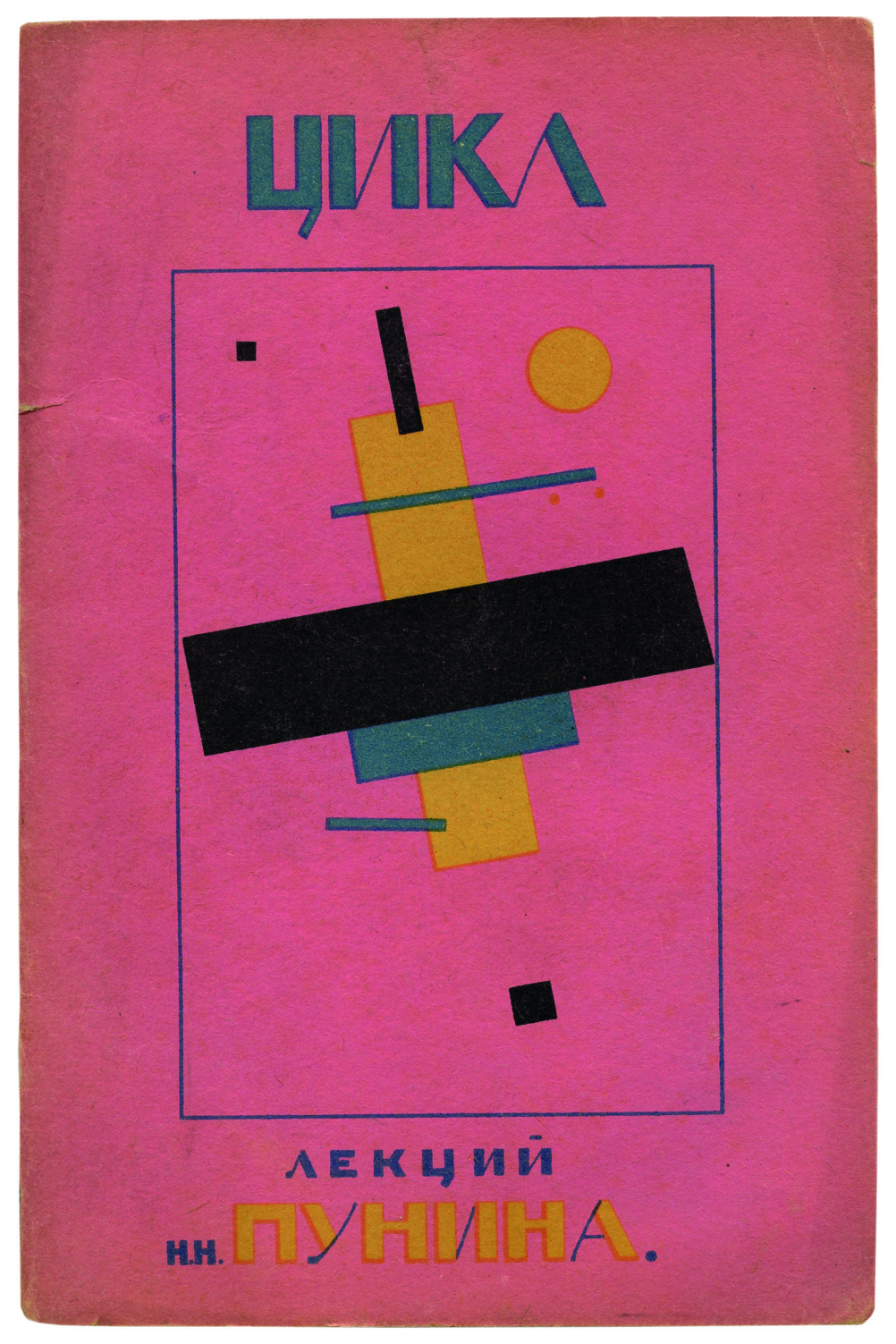
Source: Archivo Lafuente
Nikolai Punin magazine – Petrograd, Russia, 1920
The magazines used were borrowed from the Archivo Lafuente – one of the largest collections of avant-garde magazines worldwide – in Santander, Spain.
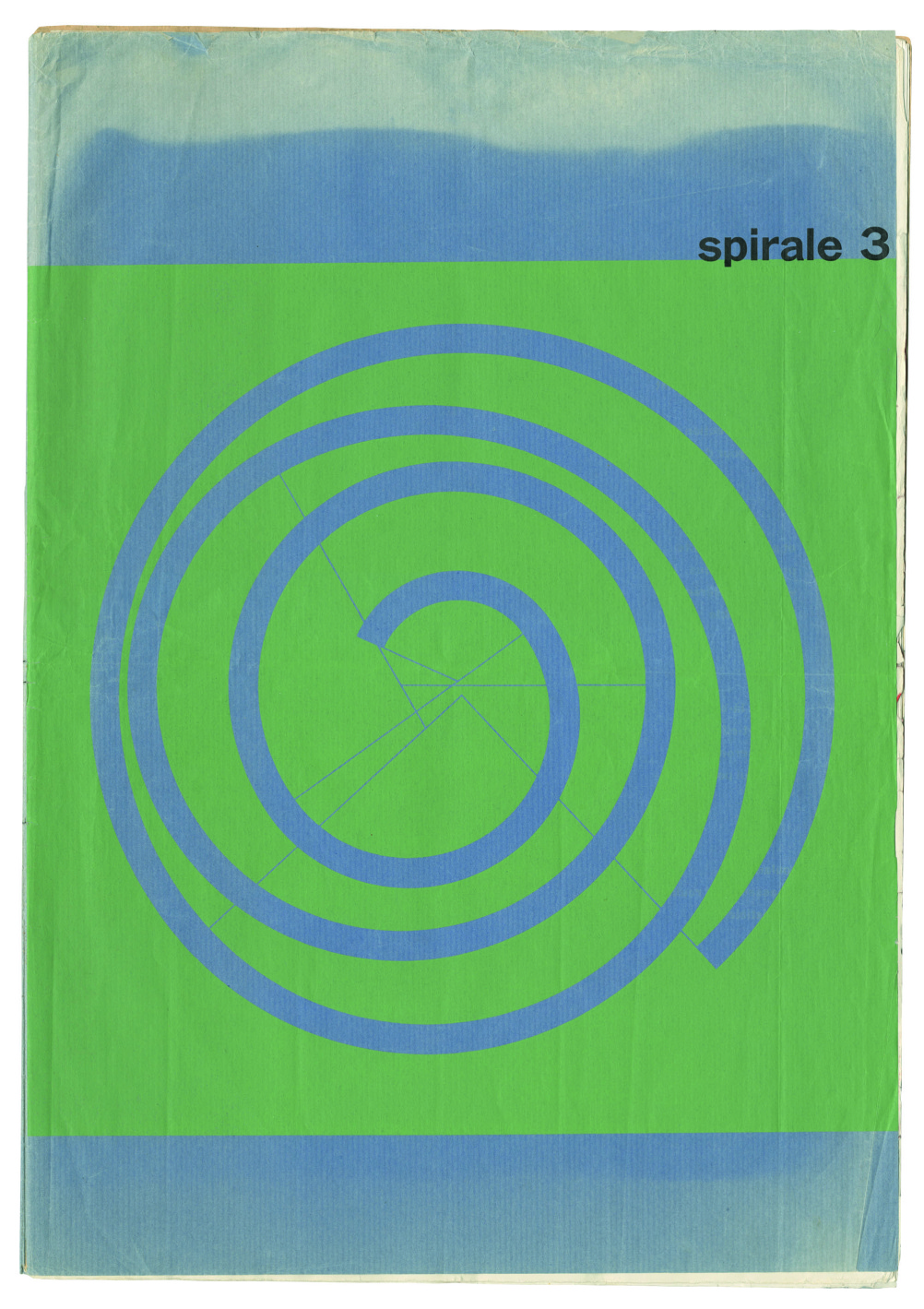
Source: Archivo Lafuente
Spirale 3 magazine – Bern, Switzerland, 1954
The exhibition is accompanied by an illustrated catalogue of essays from the curators, who include: gallery director Iwona Blazwick OBE and curator at large Magnus af Petersens, with assistance from Sophie McKinlay, assistant curator Candy Stobbs, and a curatorial advisory committee of four others.
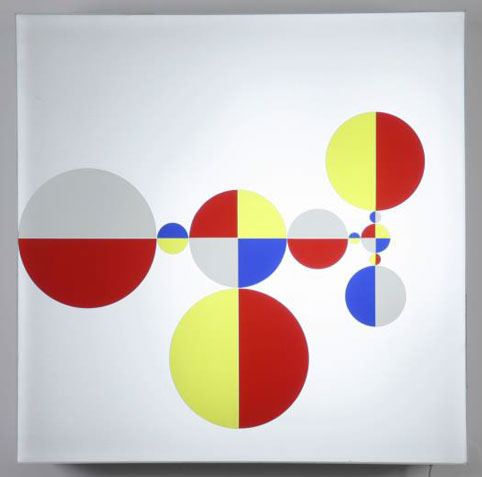
Source: © the Artist. Courtesy Marian Goodman Gallery, New York
Gabriel Orozco, Light Signs #1 (Korea), 1995
Adventures of the Black Square: Abstract Art and Society 1915 – 2015 runs from 15 January – 6 April 2015 at Galleries 1, 8 and 9, The Whitechapel Gallery, 77-82 Whitechapel, High Street, London, E1 7QX.
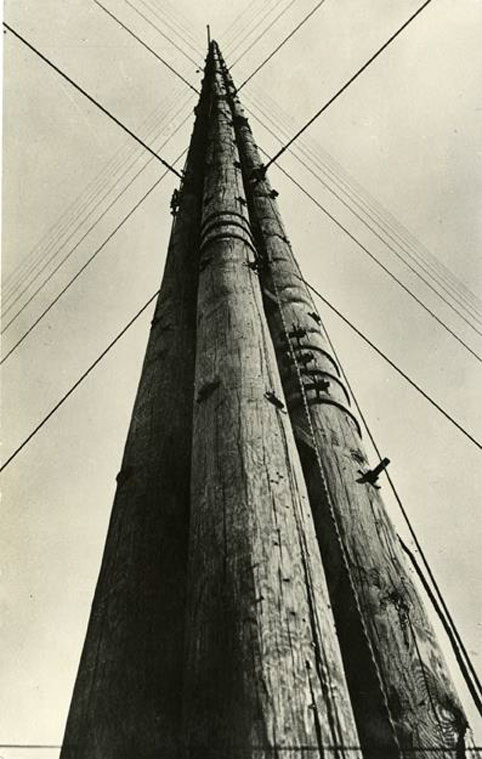
Source: © Rodchenko & Stepanova Archive, DACS, RAO, 2014
Aleksandr Rodchenko, Radio Station Tower, 1929
-
Post a comment




